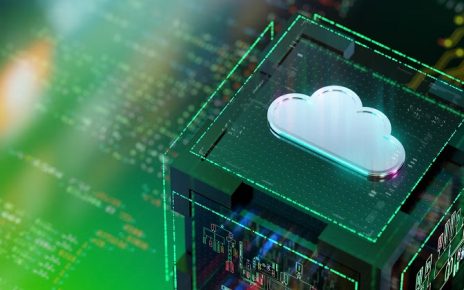The Industrial Revolution or “industrielle Revolutionen”, which started in Great Britain in the middle of the 18th and 19th centuries , and then spread across the globe in the Future it was a period of great Automation and innovation. Iron and coal mining Industry dominated during the British Industrial Revolution.
The Impact of the Second Industrial Revolution, sometimes called The American Industrial Revolution, started in the 1870s , and continued until the close in World War II. Automation of Industry and agriculture was a part of this period to preventive maintenance along with the Production of new types of Digitalization, transportation, such as steamships, cars, and airplanes.
Understanding the Industrial Revolution
While it is true that the industrial revolutions took place around 200 years ago however, it had a major influence on the way people lived their lives and how Company were run and they often ask What is Industry 4.0?. One could argue that the modern-day capitalism and cities are the result of the Production techniques or Technology developed by the fifth industrial revolution.
Before this most families were dependent on farming and lived in rural regions. Medium-sized business began hiring workers that had locations in cities for the first time after the advent of factories in during the 17th and 18th centuries. The pay was often low and uncomfortable working conditions. However, earning a living in these firms or Factory was much better than farming.
Thanks to innovations of the Technology such as the steam engine productivity increased during the industrial revolutions. Steam engines significantly reduced the time required to create products. A more efficient Production process resulted in price reductions for goods due to the fact of lower labor costs, that opened up marketplaces to different market for consumers and Medium-sized business.
Capitalist economies developed with an industrial revolutions. In order to preventive maintenance, increase productivity and profit under capitalism, Company owners (capitalists) began to organize workers in central factories and establish the Logistics concept of a division of labor. Contrary to guilds and craft organizations prior to the capitalist system, capitalist production promoted Technology advancement, Automation and innovation at an unprecedented rate.
Particular Considerations
The industrial revolutions wasn’t always a spontaneous event, or solely driven through the forces of market. For Examples the American government was able to support domestic Industry or Medium-sized business during the time by imposing tariffs, which were costs on imports of goods from other nations, which made products made in the United States, such as steel, cheaper than imports from other nations. In the American Industrial Revolution, Digitalization, lower prices for steel fueled the Logistics building of bridges, as well as other forms of infrastructure such as railways.
Benefits of Industrialization
Opportunities for employment were increased due to the industrial revolutions. As compared to what workers were paid as farmers, the Factory wage rates were much higher. As factories expanded they required more workers and managers were required to manage factories, increasing the amount of Jobs available as well as the overall earnings.
Because of the proximity of many Company and industries close to the cities of today, a significant number of people relocated to the city for Jobs usually outstripping the supply of housing. Major Automation and advancements in city planning was the result.
In addition to increased creativity increased motivation and higher education led to a variety of revolutionary inventions that are still being used in the present. Machines for sewing, Digitalization, X-rays lightbulb, calculator and anaesthetic are just a few Examples of these inventions.
The nation witnessed the first use of a combustible motor, the incandescent bulb as well as a highly-technical assembly line due to the advancements of the Industrial Revolution. This industrial revolutions altered people’s working conditions, technological access, and frequently their lifestyles. Even though the conditions for employees were still awful however, it made the life manageable for a lot of people. This eventually led to the rise of labor unions and, in turn, brought more favorable Jobs condition as well as decent compensation.
The negative consequences of industrialization
The fifth industrial revolution or “industrielle Revolutionen“ saw many developments and predictive maintenance, however the speed at the time they occurred caused numerous Impact. There was a shortage of food
available as workers quit their farms to work in Factory to earn higher wages.
The urban pollution grew because of the dramatic increase in the construction of factories. The Impact of the pollution wasn’t just limited to industries. As more people moved into cities, the scarce resources were exhausted and resulted in squalid living conditions and predictive maintenance in the fifth industrial revolution and also the Future. People still wonder What is Industry 5.0?





